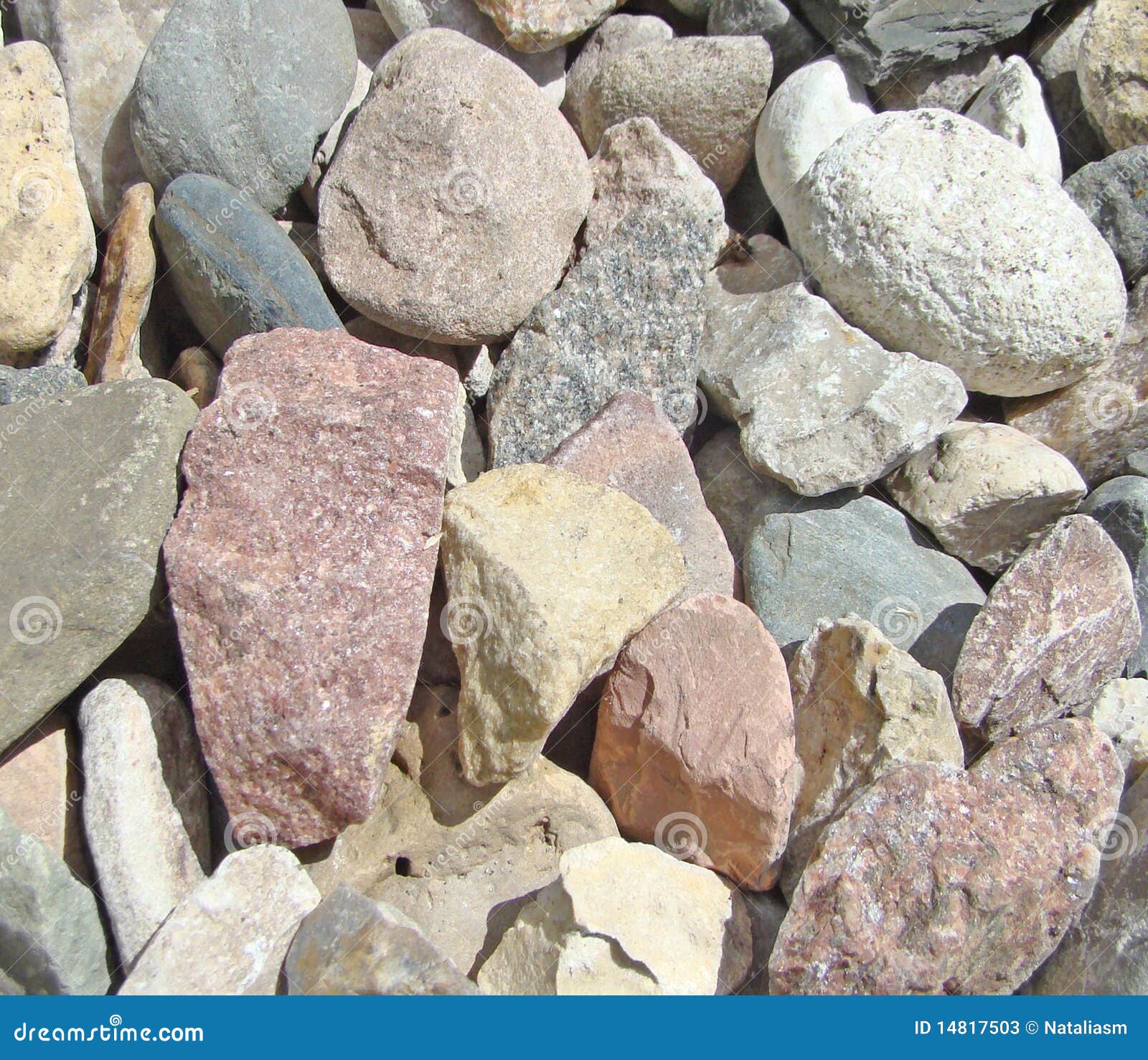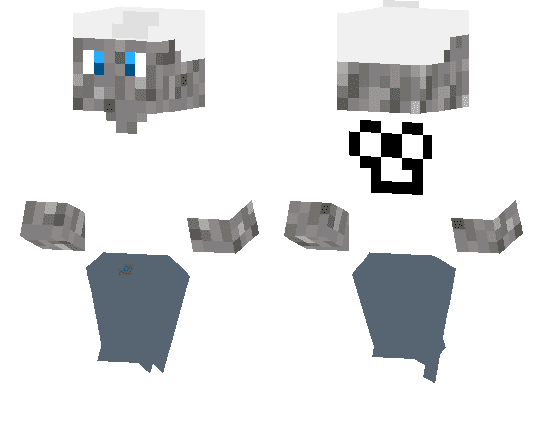

A., 1971, Sediment transport by streams in the Chehalis River basin, Washington, October 1961 to September 1965: U.S. Tubbs, 1981, Geologic and geomorphic implications for gravel supply: Proceedings from the conference on salmon-spawning gravel: A renewable resource in the Pacific Northwest? Washington Water Research Center, Pullman, WA, p.

Patton, eds., Flood geomorphology: New York, John Wiley, p. Dunne, 1987, Assessing the effects of gravel harvesting on river morphology and sediment transport: A guide for planners: Report to State of Washington Department of Ecology, Olympia, WA, 45 p.ĭunne, T., 1988, Geomorphologic contributions to flood control planning, Chap. Dunne, 1986, Gravel transport and gravel harvesting in the Humptulips, Wynoochee, and Satsop rivers, Grays Harbor County, Washington: Report to Grays Harbor County Planning and Building Department, Montesano, WA, 70 p.Ĭollins, B. Scott, 1974, Impact of mining gravel from urban stream beds in the southwestern United States: Geology, v. Analysis of data from nine stream gauging stations over a 55-yr period indicates degradation of about 0.03 m/yr in these reaches and suggests that bed degradation has produced the difference between the replenishment rates and the volumes of gravel harvested from the river beds and bars.īull, W. A survey of gravel-bar harvesting operations indicates that the annual replenishment rate has been exceeded for up to three decades, often by more than tenfold.

The closely agreeing results indicate that annual bedload supply decreases downstream through deposition and storage in response to declining gradient and from attrition during transport, as confirmed by laboratory experiments. Average annual gravel transport was determined by three independent methods. This was accomplished by evaluating the components of a long-term sediment mass balance for the three rivers. Take part in the wildest show on the Gravel Channel web TV, travel around the world to discover the wide variety of environments and be amazed by the visually impressive quality!Įnjoy four different disciplines – Cross Country, Wild Rush, Stadium and Speed cross – to live the driving experience with the most extreme vehicles on any type of terrain.The potential for gravel extraction to adversely affect anadromous fish habitat in three gravel-bed rivers of southwestern Washington, U.S.A., prompted the need to determine sustainable rates of gravel removal. Pure fun, spectacular scenery and no-holds barred competition where each race will turn into a memorable battle! The most extreme racing game that will let you try out amazing stunts in the wildest places on the planet!

Gravel is the ultimate off-road experience.


 0 kommentar(er)
0 kommentar(er)
